Top 10 tips for heating a greenhouse over winter
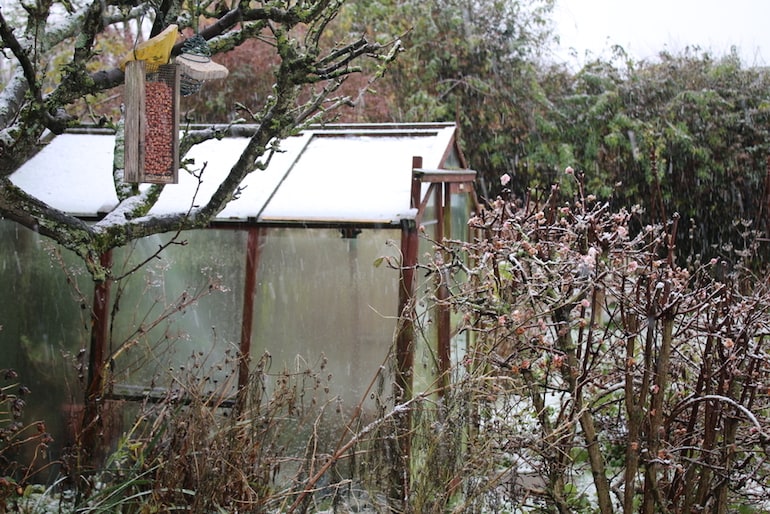
Protecting tender plants through the coldest months needn't cost a fortune
Image: Carmina_Photography/Shutterstock
Heating your greenhouse protects tender plants from the worst of the winter weather, but rising energy costs and environmental concerns make it important to do the job right. Here are some tips on how to heat a greenhouse and keep your plants warm without it costing the earth.
Insulate with bubble wrap
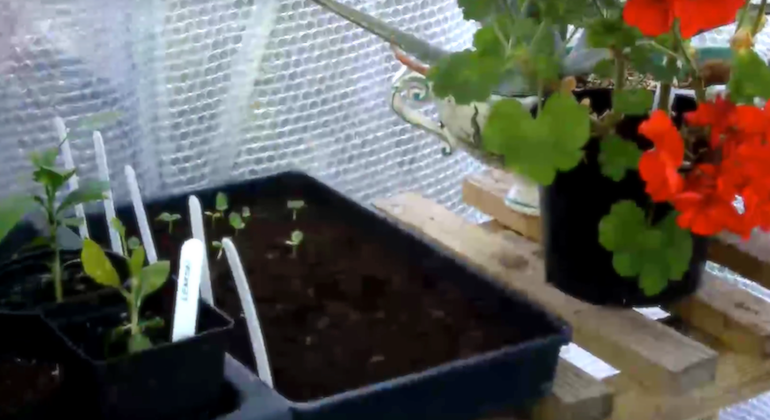
Insulating your greenhouse with bubble wrap is an effective trick
Video Still: AndyByTheSea (YouTube)
Use horticultural rather than packaging bubble wrap to insulate your greenhouse because it’s stronger and is designed to withstand UV light. Look for big bubbles because these offer better insulation and also let in the most light. You can peg, staple or tape your bubble wrap in place, but always clean your windows first to minimise light loss.
Also use bubble insulation to wrap outdoor pots, protecting rootballs from freezing weather, and preventing your favourite pots from cracking.
Invest in a greenhouse heating system
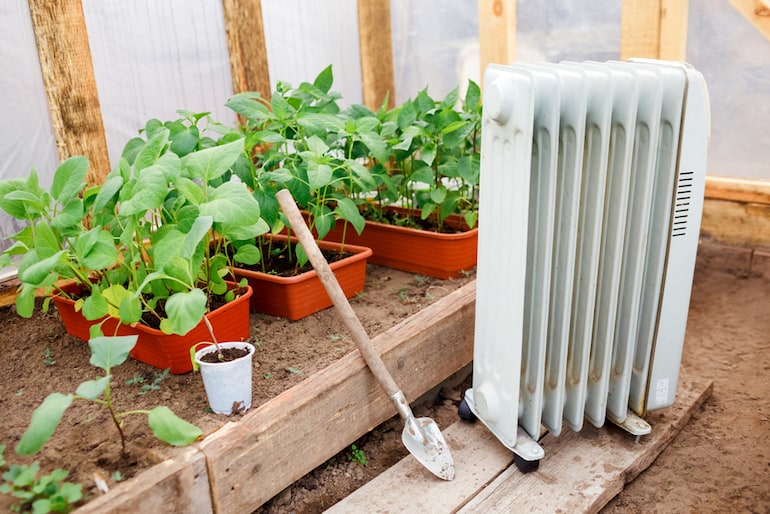
An electric oil heater warms seedlings, but you can also buy specialist greenhouse heaters
Image: Mainagashev/Shutterstock
Electric heating is safest, with the added advantage that it doesn’t release extra moisture into the air like propane and paraffin systems. Fan heaters also help to spread warmth evenly throughout your greenhouse, reducing the possibility of cold spots developing.
If you don’t have mains power in your greenhouse, propane and paraffin heaters are effective ways to heat the space, but you will need to take extra care to open windows and doors on sunny days to reduce the chances of mould attacking your overwintering plants.
Use the thermostat
Save money and energy by only heating your greenhouse when you really need to. Most electric greenhouse heaters come with a built in thermostat so you can set your heater to only come on when the temperature drops below a certain point.
Use a thermometer
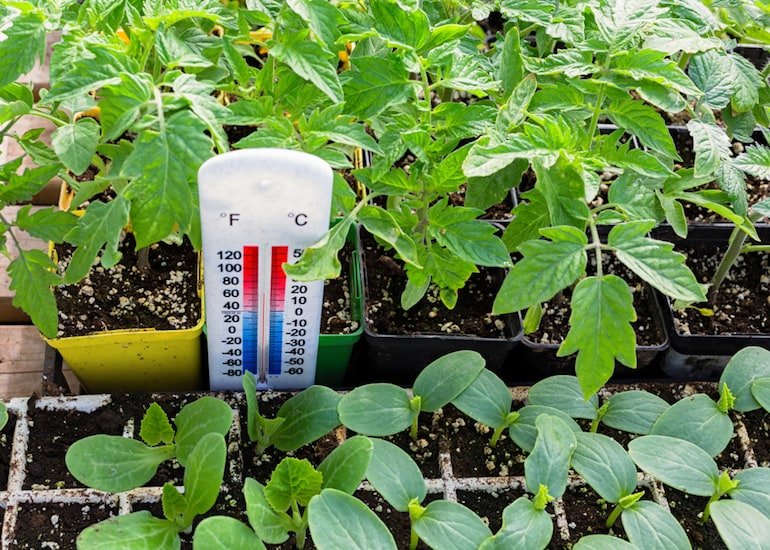
Invest in a thermometer to keep your greenhouse at a regular temperature
Image: Shutterstock
If you’re not using a thermostatically controlled heater, do invest in a good thermometer with maximum and minimum readings. Check it daily and adjust your heater as necessary to maintain a constant climate and maximise fuel efficiency.
Choose the right temperature
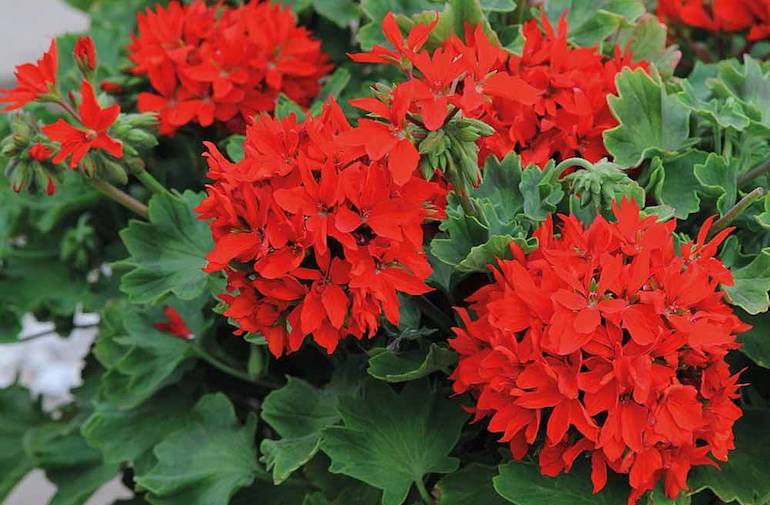
Pelargoniums don't like the temperature to fall beneath 7C
Image: Geranium 'Quantum Red' from Thompson & Morgan
Avoid wasting energy and money on maintaining higher temperatures than your plants really need. As a bare minimum, you can keep your heated greenhouse frost free at 3C (37F), but tender plants like pelargoniums, half hardy fuchsias and citrus trees are happier with a minimum temperature of 7C (45F), and safest at 10C (50F).
This is also a good temperature if you’re protecting young plants and plug plants while growing them on. If you’re lucky enough to have a conservatory, use it to overwinter your most delicate plants – those which can’t cope with temperatures lower than 13C (55F).
Position heaters carefully
Place your electric fan heater in an open, central spot at one end of your greenhouse, away from water. Prevent foliage being desiccated by the flow of warm air by angling the heater to direct the airflow above any nearby plants.
Only heat the area that you need to
Avoid heating your entire greenhouse for the sake of a few delicate plants by creating a greenhouse within your greenhouse. Erect a solid perspex partition or create curtains of bubble wrap insulation to divide your greenhouse so that you only need to heat the part that contains your tender plants.
Use horticultural fleece
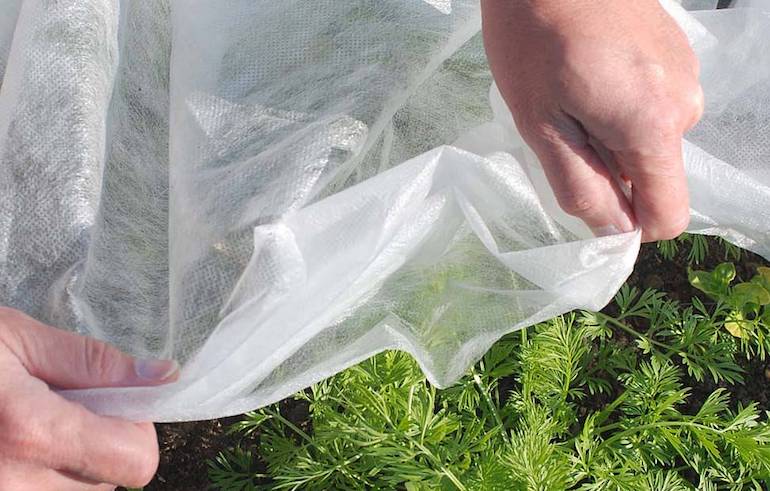
Horticultural fleece is also useful for unexpected cold snaps
Image: Frost Protection Fleece from Thompson & Morgan
On very cold nights place a layer or two of frost protection fleece over your plants to give them several degrees more protection without having to crank up the heating. Remember to remove fleece during the day to ensure your plants get enough light and ventilation. Alternatively, use an extendable greenhouse cloche to protect border plants.
Don’t forget to ventilate
Good ventilation is essential to stop the spread of fungal diseases and maintain a healthy growing environment. Prevent moisture buildup by watering plants sparingly and early in the day. Clear condensation by opening greenhouse vents on warm sunny days, remembering to close them again before dusk to trap daytime warmth in the greenhouse.
Heated propagation
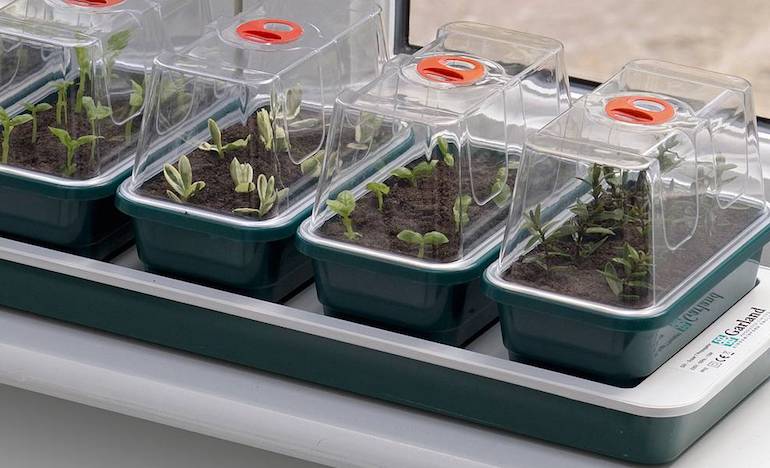
An electric windowsill propagator is a cost-effective way to germinate seeds
Image: Thompson & Morgan
Invest in a heated propagator to help your seeds germinate. If you only make a few sowings, a windowsill propagator should do the trick, otherwise, turn your greenhouse staging into a handy heated bench using heated propagation mats. These are great for rooting cuttings and keeping your seedlings warm after germination.
Keeping your greenhouse warm and ventilated is key to ensuring your tender plants survive the winter. Now you know exactly how to keep your plants safe and warm when temperatures plunge, without paying a hefty price when your electric bill hits the doormat. For more recommendations and advice on buying and gardening in a greenhouse, browse through our dedicated hub page.
Return to
Other quick links

Written by: Sue Sanderson
Plants and gardens have always been a big part of my life. I can remember helping my Dad to prick out seedlings, even before I could see over the top of the potting bench. As an adult, I trained at Writtle College where I received my degree, BSc. (Hons) Horticulture. After working in a specialist plantsman's nursery, and later, as a consulting arboriculturalist, I joined Thompson & Morgan in 2008. Initially looking after the grounds and coordinating the plant trials, I now support the web team offering horticultural advice online.Sign Up For Exclusive Special Offers




© 2024 Thompson & Morgan. All rights reserved. A division of Branded Garden Products Limited.
Sign up for exclusive offers!



